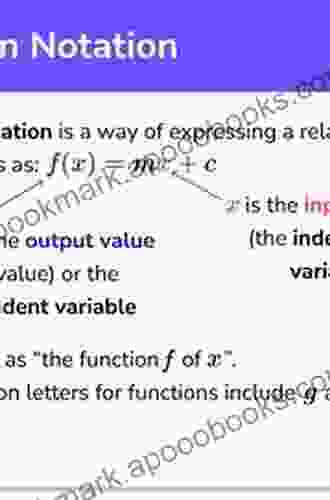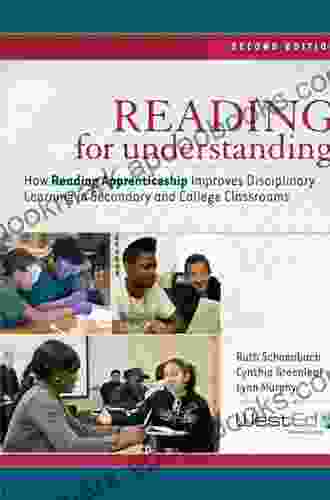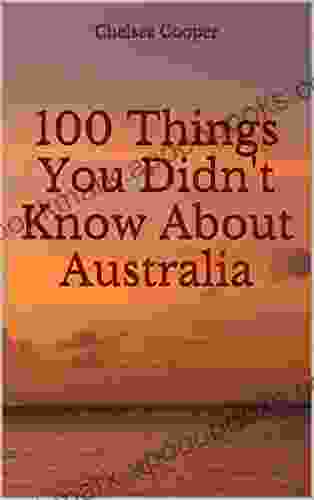Understanding How To Use Functions

In the ever-evolving landscape of software development, the concept of functions has emerged as a fundamental building block for creating robust and efficient code. Functions provide a structured and reusable way to organize and execute specific tasks within a program, making them indispensable tools for any programmer. This comprehensive guide will delve into the intricacies of functions, empowering you to harness their full potential and elevate your programming skills.
4.7 out of 5
| Language | : | English |
| File size | : | 16611 KB |
| Text-to-Speech | : | Enabled |
| Screen Reader | : | Supported |
| Enhanced typesetting | : | Enabled |
| Word Wise | : | Enabled |
| Print length | : | 192 pages |
What Are Functions?
Simply put, a function is a self-contained block of code designed to perform a specific task. It takes one or more inputs, known as parameters, and produces an output, known as the return value. Functions serve as modular units that encapsulate functionality, allowing for code reuse and organization.
Benefits of Using Functions
- Code Reusability: Functions eliminate the need for repetitive code, promoting maintainability and reducing the risk of errors.
- Improved Code Organization: Functions help structure code into logical units, making it easier to read, understand, and modify.
- Increased Modularity: Functions allow for the creation of independent, interchangeable modules, facilitating code portability and collaboration.
- Enhanced Testability: Functions can be easily tested individually, speeding up the development process and ensuring code quality.
Types of Functions
Functions can be classified into various types based on their characteristics:
- Pure Functions: Pure functions produce the same output for a given input, without any side effects on the program state.
- Impure Functions: Impure functions can have side effects, such as modifying global variables or performing input/output operations.
- Void Functions: Void functions do not return any value, but instead perform a specific action or modify the program state.
Function Syntax
The syntax for defining a function in most programming languages follows a standard pattern:
function_name(parameter1, parameter2, ..., parameterN){return output_value; }
The function_name identifies the function uniquely, the parameters specify the input values, and the function body contains the code that performs the desired task and returns the output_value.
Function Parameters
Function parameters serve as placeholders for input values. They can be of various types, such as numbers, strings, arrays, or even other functions. Parameters allow functions to accept different inputs and operate on them.
Return Values
The return value of a function is the output it produces. The return type of a function must be specified and it can be any valid data type supported by the programming language. Return values allow functions to communicate the result of their operation.
Scope and Visibility
The scope of a function defines the area of the program where the function is accessible and can be called. Functions can have either local or global scope:
- Local Functions: Local functions are defined within another function and are only accessible within that function's scope.
- Global Functions: Global functions are defined outside of any function and are accessible throughout the entire program.
Recursion
Recursion is a powerful technique where a function calls itself to solve a problem. Recursive functions break down a problem into smaller subproblems, solving them recursively until a base case is reached.
Lambda Expressions
Lambda expressions are a concise way to define anonymous functions. They are commonly used in functional programming and provide a convenient way to pass functions as parameters to other functions.
Higher-Free Download Functions
Higher-Free Download functions are functions that take other functions as input or return functions as output. They provide a higher level of abstraction and enable powerful functional programming techniques.
Functions are an essential concept in programming, providing a structured and reusable way to organize code and perform specific tasks. By understanding the principles of functions, including their types, syntax, parameters, return values, scope, and advanced techniques like recursion, lambda expressions, and higher-Free Download functions, programmers can harness the full potential of functions to write elegant, maintainable, and reusable code. This guide has provided a comprehensive overview of functions, empowering you to leverage them effectively in your software development endeavors.
4.7 out of 5
| Language | : | English |
| File size | : | 16611 KB |
| Text-to-Speech | : | Enabled |
| Screen Reader | : | Supported |
| Enhanced typesetting | : | Enabled |
| Word Wise | : | Enabled |
| Print length | : | 192 pages |
Do you want to contribute by writing guest posts on this blog?
Please contact us and send us a resume of previous articles that you have written.
 Book
Book Novel
Novel Page
Page Chapter
Chapter Text
Text Story
Story Genre
Genre Reader
Reader Library
Library Paperback
Paperback E-book
E-book Magazine
Magazine Newspaper
Newspaper Paragraph
Paragraph Sentence
Sentence Bookmark
Bookmark Shelf
Shelf Glossary
Glossary Bibliography
Bibliography Foreword
Foreword Preface
Preface Synopsis
Synopsis Annotation
Annotation Footnote
Footnote Manuscript
Manuscript Scroll
Scroll Codex
Codex Tome
Tome Bestseller
Bestseller Classics
Classics Library card
Library card Narrative
Narrative Biography
Biography Autobiography
Autobiography Memoir
Memoir Reference
Reference Encyclopedia
Encyclopedia Rupert Ross
Rupert Ross Edmund Burke
Edmund Burke E Caroline Wylie
E Caroline Wylie George Saintsbury
George Saintsbury Holly Clark
Holly Clark Ehab Abo Elazm
Ehab Abo Elazm Ryan James
Ryan James Durga Chew Bose
Durga Chew Bose Federico Lines
Federico Lines Robert P Murphy
Robert P Murphy Gabriela Mistral
Gabriela Mistral Neen Cohen
Neen Cohen Kristina Herzog
Kristina Herzog James Swallow
James Swallow Richard Evans
Richard Evans Debtors Anonymous
Debtors Anonymous Terry Kay
Terry Kay Ana Castillo
Ana Castillo Nancy K Stalker
Nancy K Stalker Elizabeth Van Wie Davis
Elizabeth Van Wie Davis
Light bulbAdvertise smarter! Our strategic ad space ensures maximum exposure. Reserve your spot today!
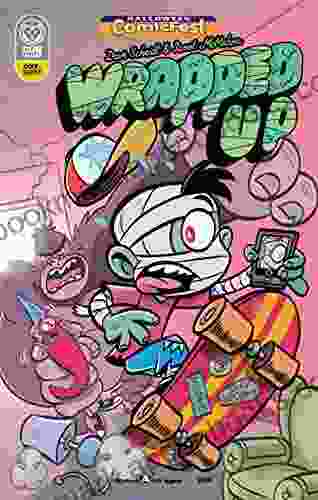
 Desmond FosterUnleash the Spooky Magic of "Wrapped Up: Halloween Comicfest" by Henry Walter...
Desmond FosterUnleash the Spooky Magic of "Wrapped Up: Halloween Comicfest" by Henry Walter...
 Chad PriceFrom The Mythical To The Modern: A Journey Through The World's Most Enduring...
Chad PriceFrom The Mythical To The Modern: A Journey Through The World's Most Enduring... Trevor BellFollow ·16.7k
Trevor BellFollow ·16.7k Ernest HemingwayFollow ·17.4k
Ernest HemingwayFollow ·17.4k Tyrone PowellFollow ·14.3k
Tyrone PowellFollow ·14.3k George BellFollow ·4k
George BellFollow ·4k Caleb CarterFollow ·11.6k
Caleb CarterFollow ·11.6k Eli BrooksFollow ·8.5k
Eli BrooksFollow ·8.5k Brody PowellFollow ·8k
Brody PowellFollow ·8k Reginald CoxFollow ·2.5k
Reginald CoxFollow ·2.5k
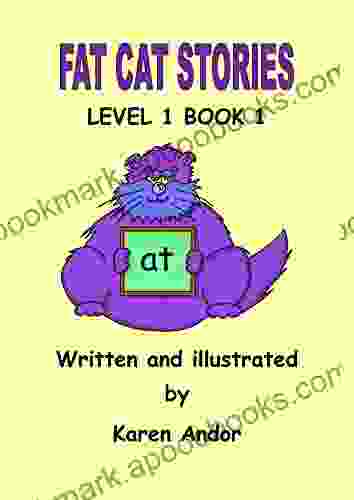
 Eugene Powell
Eugene PowellFat Cat Stories: Level At Word Family - A Purrfect Start...
Introducing the 'At'...
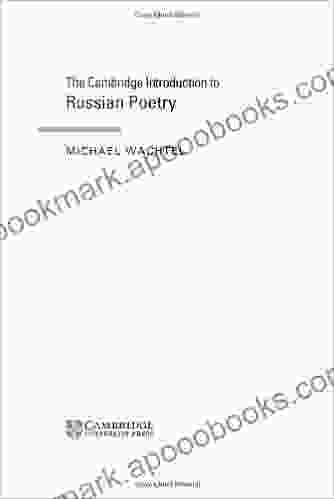
 William Powell
William PowellUnveiling the Treasures of Russian Poetry: The Cambridge...
Immerse yourself in the...
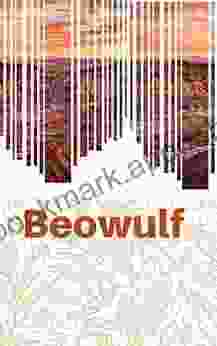
 Roberto Bolaño
Roberto BolañoUnveiling the Treasures of Beowulf: A Guided Tour with...
: Delving into the...

 Foster Hayes
Foster HayesTransport, Climate Change and the City: Tackling Urban...
Transport is a major...
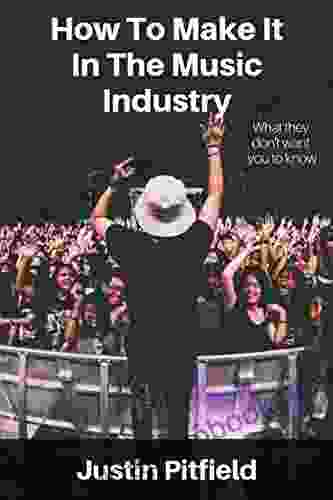
 Calvin Fisher
Calvin FisherHow To Make It In The Music Industry: The Ultimate Guide...
Are you an aspiring musician with...
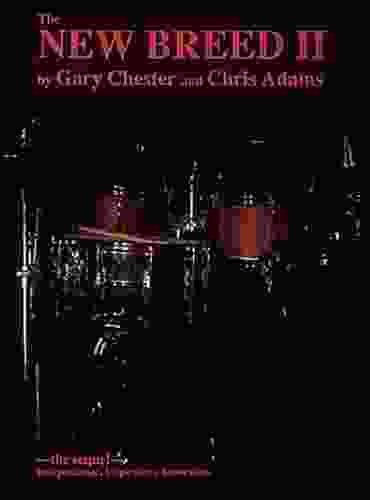
 Rick Nelson
Rick NelsonUnveiling the Enigmatic World of Gary Chester's "The New...
Step into a World...
4.7 out of 5
| Language | : | English |
| File size | : | 16611 KB |
| Text-to-Speech | : | Enabled |
| Screen Reader | : | Supported |
| Enhanced typesetting | : | Enabled |
| Word Wise | : | Enabled |
| Print length | : | 192 pages |


